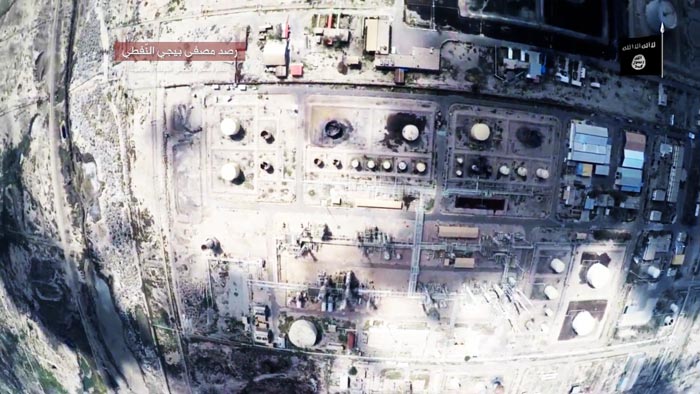Armed non-state actors and terrorist groups are increasingly using ‘commercial off-the-shelf’ (COTS) unmanned aerial vehicles (UAVs; also known as ‘drones’) to support combat operations, a new report by PAX and Armament Research Services (ARES) has found. Over the last four years, researchers have documented a wide range of commercially available drones being employed in various conflicts in the Middle East, North Africa, and Ukraine. PAX calls for stricter export regulations for commercial unmanned aerial vehicles.
These otherwise innocuous systems can provide armed groups with unique capabilities for intelligence, surveillance, reconnaissance and target acquisition, and are sometimes modified for direct offensive actions when converted to flying improvised explosive devices (IEDs). The booming civilian market for drones has made it easy for groups such as ISIS, Al Qaeda, and Hezbollah to support combat operations with UAV technology. The report Emerging Unmanned Threats is a thorough analysis of current trends and developments in COTS UAVs, as well as specifically examining the use of these technologies by non-state armed groups in various conflict zones, and discussing some of the measures developed to counter this threat.
Rapid spread
The increasing use of COTS UAVs by non-state armed groups underscores the rapid spread of this technology on the battlefield. Such groups are now seeking to replicate the successful use of UAVs by states’ armed forces, which have demonstrated the advantages of having improved situational awareness provided by a range of UAV payloads such as cameras, sensors, and lasers. Smaller, civilian drones have similar, yet limited capabilities, which are being actively exploited by non-state armed groups worldwide.
Export control rules
The proliferation of both military and dual-use UAV technology to unwanted end users has received little attention in arms export control discussions. The increasing use of COTS small UAVs by non-state actors enhances their combat capabilities and may be a contributing factor which can prolong or escalate armed conflicts, and further threaten the lives of civilians.
Wim Zwijnenburg, Project Leader Humanitarian Disarmament for PAX: “This report clearly demonstrates why concerns over lack of export controls on dual-use drone technology needs to be taken seriously. Despite the difficulties that naturally come with controlling dual-use exports, states and producers should look at options to curtail the export of this critical technology to unwanted end-users.”
Download the report Emerging Unmanned Threats




